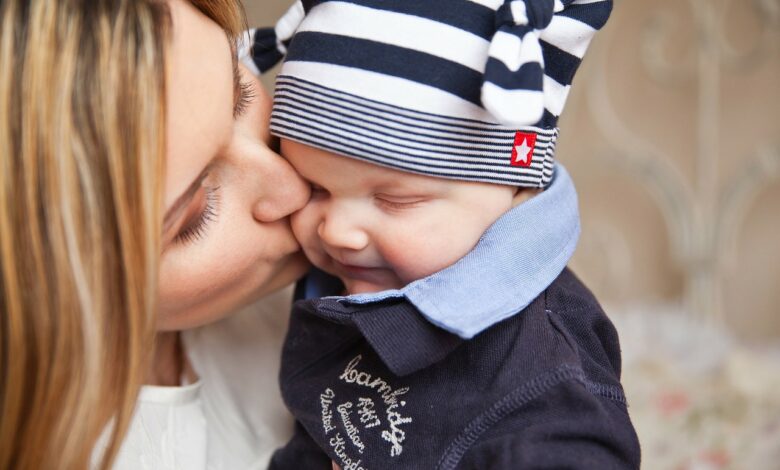Learning and Play of 1- to 2-Year-Old

When your baby advances from his/her very first year to the second year of life, he/she learns from trembling the first few steps of walking to walking with confidence. Your loving kid will continue moving to discover his/her new learning, and so you will need to take necessary steps in the home to avoid possible accidents. Here are tips about learning and playing your baby.
How Babies Start Learning
This is the age when your baby will start to understand language and other means of communication. Most babies begin to point to things and use hand gestures and speak out their first words at the age of one. Throughout the first half of age 2 of your baby, his/her vocabulary will increase gradually, and throughout the second half, it will expand rapidly. When your child reaches his/her 2, he/she may have 50 or more words in the collection to say. He/she may also make phrases with them and even suddenly make a complete sentence. Side by side, he/she will be able to follow directions and even two-step instructions. After he/she will reach 3, he/she may have 200 or more words in stock to speak. He/she may even be able to combine three to four sentences together. In this stage of language development, he/she will be able to speak more clearly, and you will hopefully understand approximately 75 percent of his/her words. Children of this age can tell their first as well as last names and count three objects. You will need to make scopes of speaking with others for your child then so that he/she can answer the questions of others freely.
Temper Tantrums
As the learning, communicating, and language process of babies develop, /her understanding capability also develops. But the problem is that they can understand much more than they can express. The difference between the ability of their understanding and expressing is so vast that many of them may want to express them so ardently that they may keep struggling very hard to express them. As a result of this internal conflict, some of them may even suffer from temper tantrums. The symptoms of temper tantrums including screaming, hitting, kicking, and breath-holding are seen among babies aged 1-3. Ask your surrogacy agency (agencia gestacion subrogada) if your parenthood is through surrogacy.
Let the Baby Play with Age-Appropriate Toys and Games
With the course of growth, eye contact, control over the hands and fingers of babies get better, and they want to explore their surroundings and toys to play with joy. Select the toys and games appropriate to the age of your baby so that he/she can acquire mastery over them to gain confidence to get ready for his/her next-level toys and games to play with them.
Ability to Play of Infants and Toddlers
A very young child or baby will shake, throw, or bang his/her toys to play. On the other hand, a young child who is just beginning to walk will try to play according to the functions of the toys, like moving toy cars, picking up a toy phone to the ear, arranging things etcetera.
Beginning of Concept of Pretend Play
Your baby is most likely to start the concept of pretend play when he/she moves from his/her infancy to toddlerhood at his/her 1-2 of age. He/she will pretend to eat and drink from empty toy dishes and toy cups, or check up on your pulse, temperature, pressure, and condition of a lunge with his/her toys. Besides, he/she will collect a piece of clothing and wear that like his/her parents or someone else and will pretend to be exactly like him/her. You also may get parenthood through surrogacy (maternita surrogata) that might help you.
Notice the emotions of learning and playing your baby at play and try to become an ideal playmate. Your toddler will love to play with bright-colored balls, fat markers, toy vehicles, sorters, puzzles, and riding toys most. There is a wide range of normal development of learning and play of infants and toddlers. If you feel anything abnormal in the process, consult with your pediatrician.




